Montserrat profile
- Published
This page is no longer being updated. It was last updated on 29 August 2023
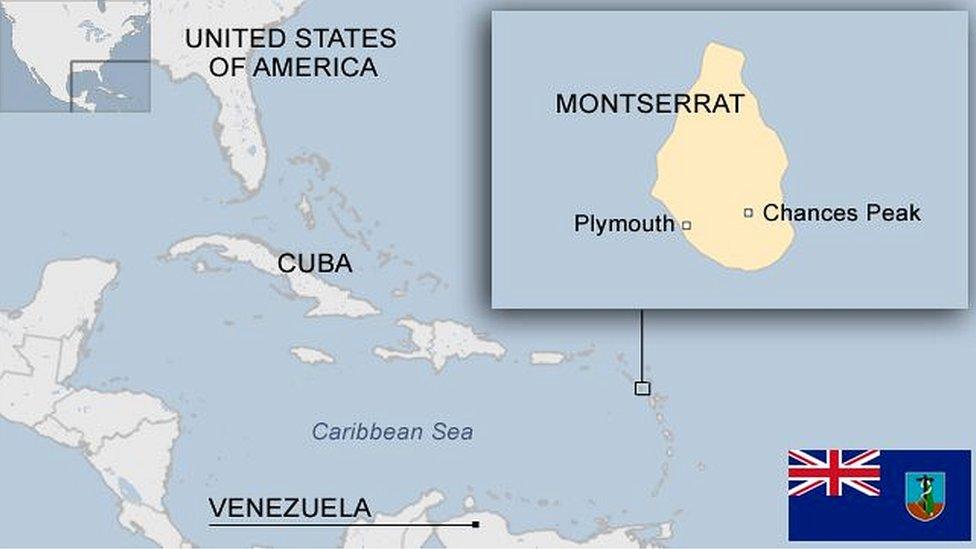
The self-governing British overseas territory of Montserrat is building a new port and main town after being rendered partly uninhabitable by volcanic eruptions.
Part of the Leeward Islands chain, Montserrat has been plagued by sporadic ash falls and lava flows since 1995 when the Soufriere Hills volcano erupted for the first time in centuries.
A major eruption in 1997 killed 19 people, devastating the south of the island and burying the capital, Plymouth. More than half the population left.
Once an economic mainstay, tourism was badly hit and Montserrat has relied heavily upon British and EU aid, with a new airport inaugurated in 2005.
In 2022, work started on a £28m project funded by the UK and Caribbean Development Bank on a new town and port at Little Bay on the northwest coast of the island.
Named by the voyager Christopher Columbus in 1493, the island became an English colony in 1632. Most Montserratians are of African descent.
The Montserrat Oriole, galliwasps (lizards) and mountain chickens - edible frogs found in the highlands - are among the island's notable or endangered species.
Read more country profiles, external - Profiles by BBC Monitoring, external
MONTSERRAT: FACTS
Capital: Plymouth (former) Brades (acting) Little Bay (planned)
Area: 102 sq km
Population: 4,650
Language: English
Life expectancy: 74 years (men) 76 years (women)
LEADERS
Head of state: King Charles III, represented by a governor
Premier: Easton Taylor-Farrell
Easton Taylor-Farrell won the November 2019 general election, bringing the Movement for Change and Prosperity (MCAP) back into government after five years in opposition.
He served as Minister of Agriculture, Lands, Housing and the Environment in the earlier MCAP government, which was ousted from power by Donaldson Romeo's newly-formed People's Democratic Party in September 2014.
MEDIA
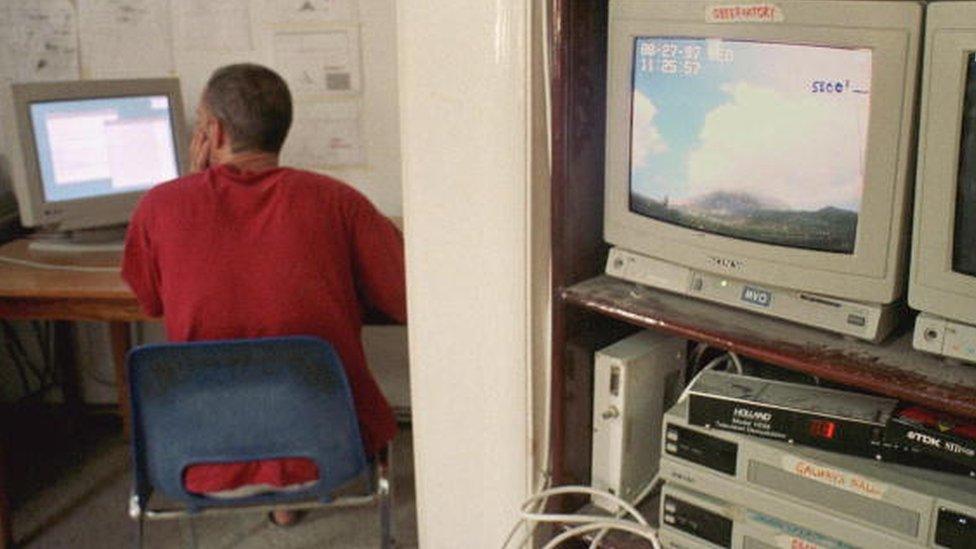
A scientist monitoring volcanic activity at the Montserrat Volcano Observatory
The island's public radio station, Radio Montserrat, broadcasts a full-service format of news, volcanic activity reports, music and entertainment.
The station broadcasts on FM; it lost its medium wave (AM) transmitter to volcanic activity in the late 1990s.
TIMELINE
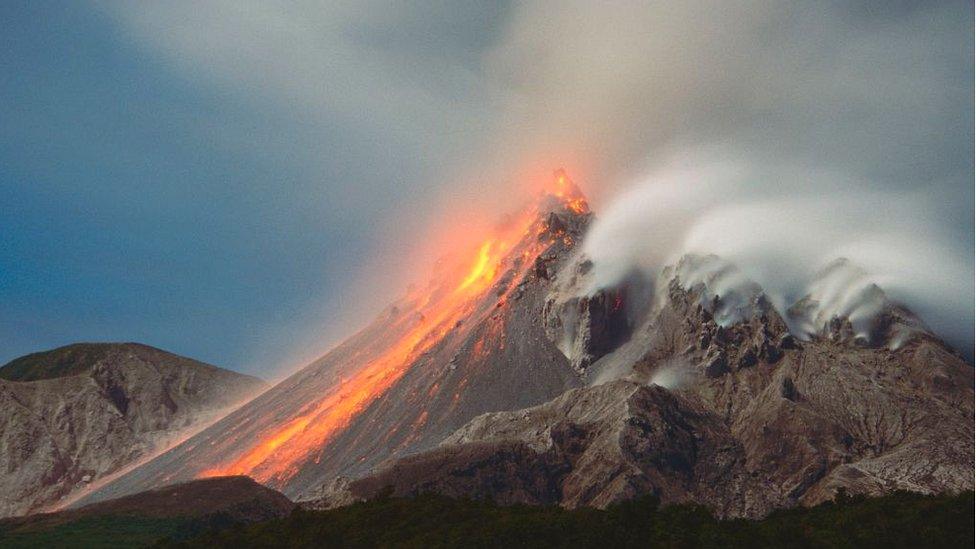
Eruption and lava flow from the Soufriere Hills volcano in 2018
Some key dates in the history of Montserrat:
1493 - Navigator Christopher Columbus sights the island which he names after a Spanish abbey.
1632 - Colonised by Britain. The first settlers are Anglo-Irish who arrive from St Kitts. African slaves are brought in to work on the sugar plantations.
1783 - Treaty of Versailles - Ceded to Britain by France following numerous exchanges between the two countries which began in the 17th Century.
1871 - Montserrat is incorporated into the Leeward Islands administration. The federation is dissolved in 1956.
1958-62 - Montserrat is part of the short-lived Federation of the West Indies.
1967 - Elects to retain colonial status instead of associated status within the West Indies Associated States (WISA).
1989 - Hurricane Hugo destroys more than 90% of the island's homes and other infrastructure.
1995 - The previously dormant Soufrière Hills volcano, in the southern part of the island, erupts for the first time in 350 years, destroying the capital, Plymouth. A state of emergency is declared.
1995-2000 - Two-thirds of the island's population is forced to flee temporarily, primarily to the United Kingdom,
2002 - British Overseas Territories Act grants British citizenship to Montserratians.
2022 - Work begins on a new town and port at Little Bay on the northwest coast of the island.
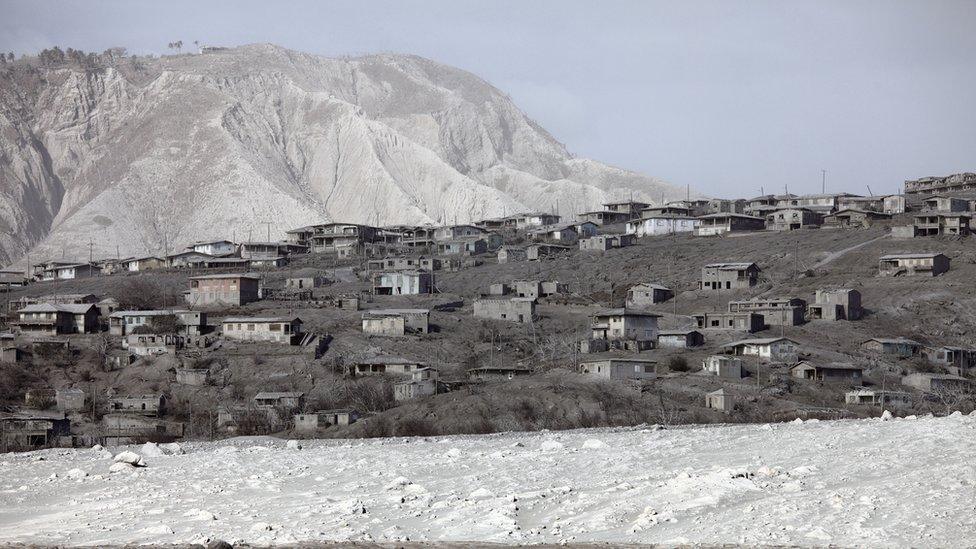
The capital Plymouth was turned into a ghost town by the Soufrière Hills volcano eruption
Related topics
- Published27 March 2023
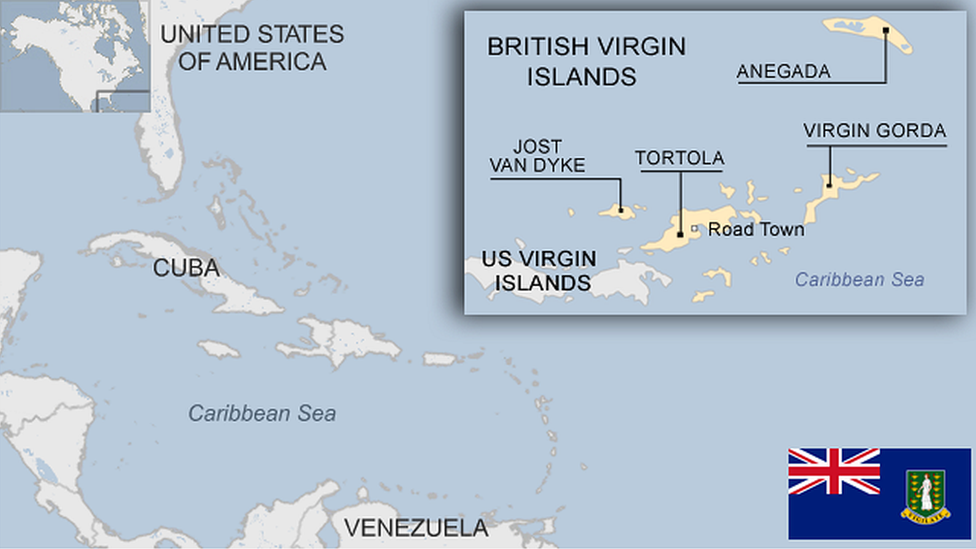
- Published25 August 2023
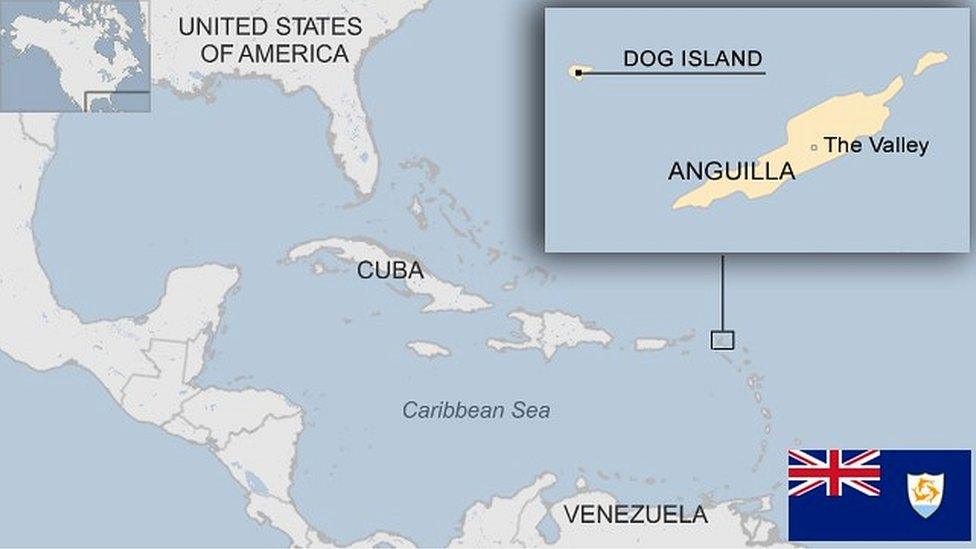
- Published28 August 2024
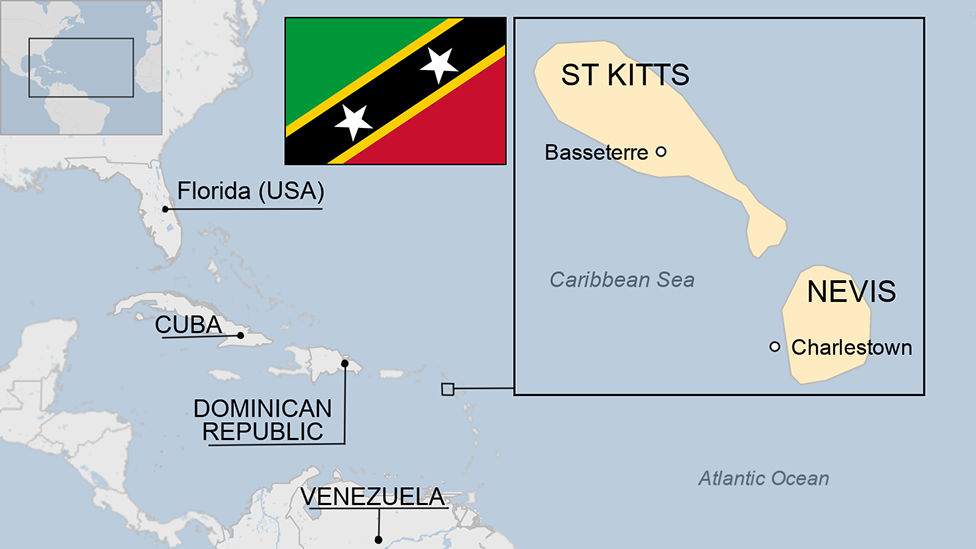
- Published25 August 2023
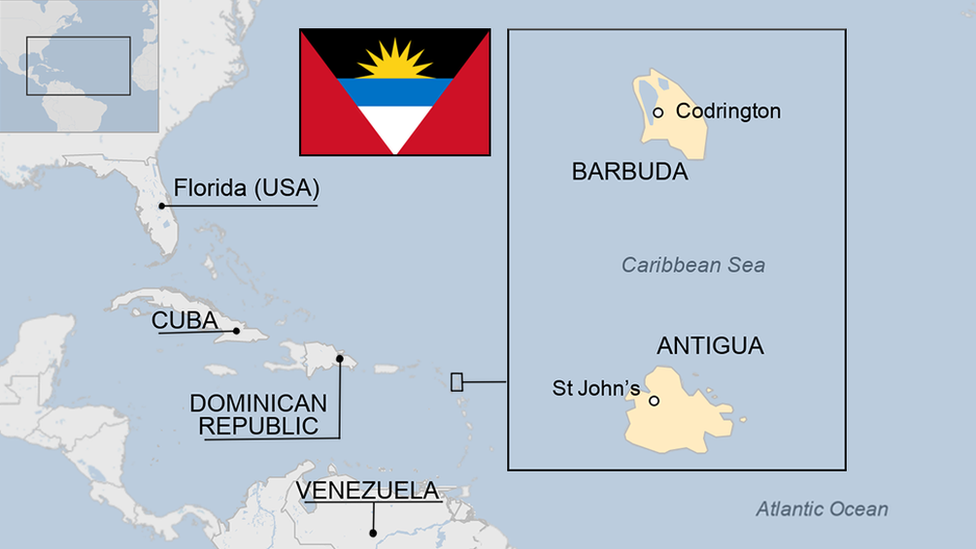
- Published18 July 2023
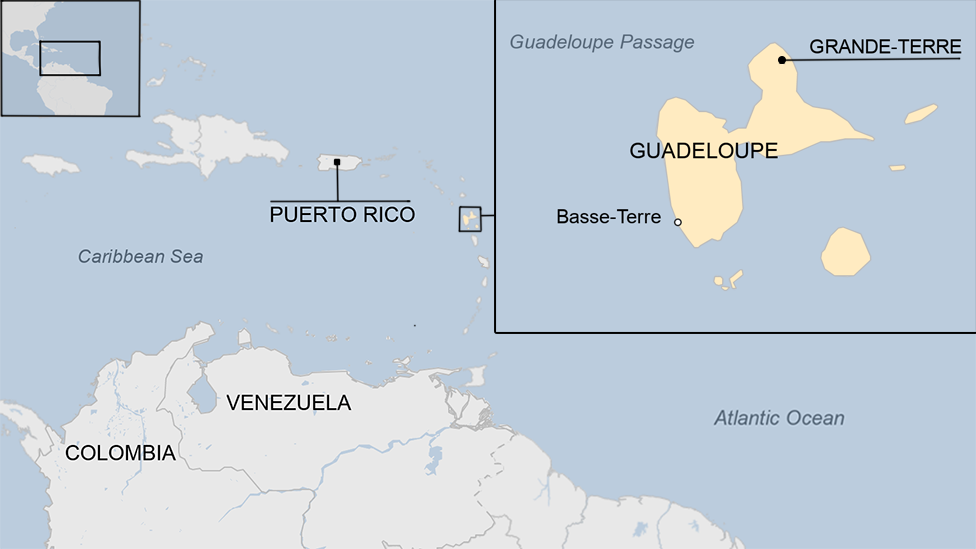
- Published2 April 2024
